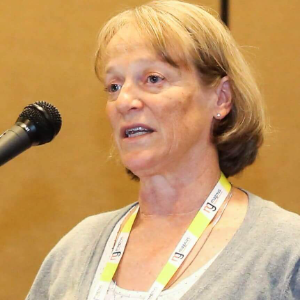Title : Nurse navigators decrease emergency department use and readmission
Abstract:
The phrase “frequent flyer,” has been used to describe patients who make many visits to emergency departments (EDs) in a given year. Current literature on frequent users of EDs reveals that such patients often suffer from an array of psychosocial problems which might compound chronic medical conditions. The patient-centered medical home has been promoted as a way of organizing health service delivery to reduce costs while offering superior health outcomes and coordination of care. Good Samaritan Hospital developed its Patient Centered Medical Home (PCMH) to serve uninsured and underserved patients in the community. The objective of this endeavor was to achieve the Quadruple Aim: improve the health of a defined population, enhance the patient care experience, reduce the per capita cost of care, and improve the clinician experience. The PCMH is accountable for meeting a large majority of each patient’s physical and mental health care needs including: prevention and wellness: and acute and chronic care. This requires a team of care providers including physicians, advanced practice nurses, registered nurses, social workers, and care providers to meet the needs of the patient. Coordinated care is especially important when patients are being discharged from the hospital and after an ED visit. The medical home practice builds clear and open communication among patients and families, the medical home, and members of the broader care team as needed. Satisfaction among PCMH patients is very high as they are part of their care team and are involved in the planning and execution of their care.95% of patients surveyed in the fourth quarter of 2015 rated the care they received as very good and felt the staff worked very well together. 93% reported the likelihood of recommending the clinic as very high. PCMH employees rated their work experience as ‘very good’ on the last employee survey. In 2015, PCMH patients had 529 fewer visits to the ER and 135 fewer inpatient admissions. This translates to $1,675,840 in avoided charges. The cost to run the PCMH for the year was $ 749,161. This resulted in a cost avoidance of $926,679.
Audience Take Away:
• Describe how the use of nurse navigatorsin a Patient Centered Medical Home model can reduce readmissions and decrease unnecessary ED visits.
• Identify the effectiveness of a team-based approach in providing care in the Patient Centered Medical Home.
• Discuss the benefits of cost avoidance and the quality aspects of this Patient Centered Medical Home Model.



